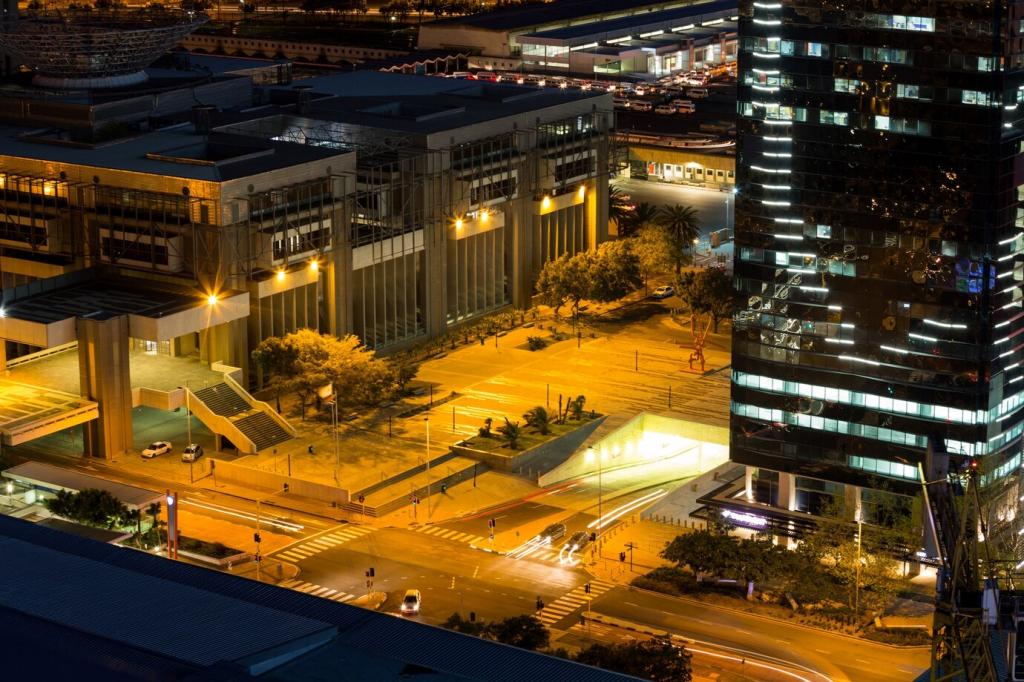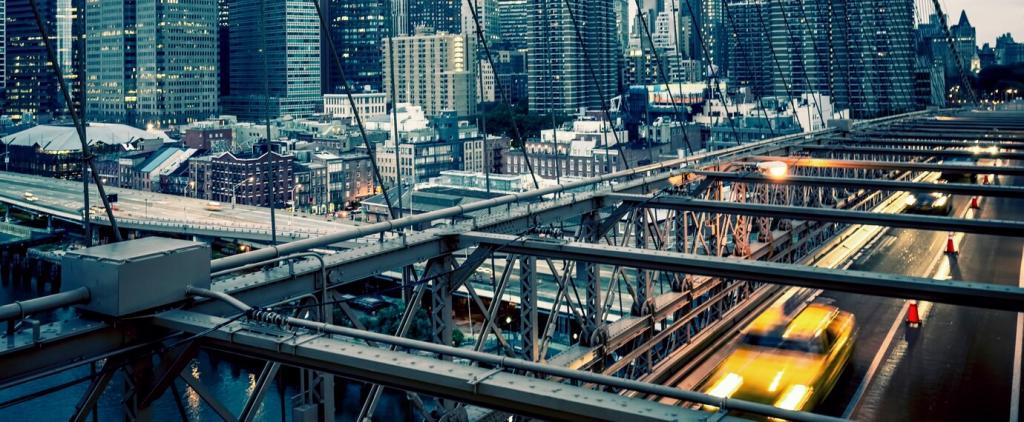This website uses cookies so that we can provide you with the best user experience possible. Cookie information is stored in your browser and performs functions such as recognising you when you return to our website and helping our team to understand which sections of the website you find most interesting and useful.

Integrating AI and Robotics into Urban Farming Practices
The rapid advancement of artificial intelligence and robotics is fundamentally transforming various industries worldwide, including urban agriculture. As cities continue to expand and populations grow, the need for innovative and sustainable food production solutions has never been greater. Integrating AI and robotics into urban farming opens new possibilities for efficiency, resource management, and overall productivity. Through smart automation, real-time data analysis, and intelligent systems, urban farms are poised to tackle challenges such as space constraints, labor shortages, and environmental sustainability. This page explores how AI and robotics are reshaping urban farming, the underlying technologies enabling this revolution, the significant advantages being realized, and the challenges facing widespread implementation.

Robotics in Urban Agriculture


